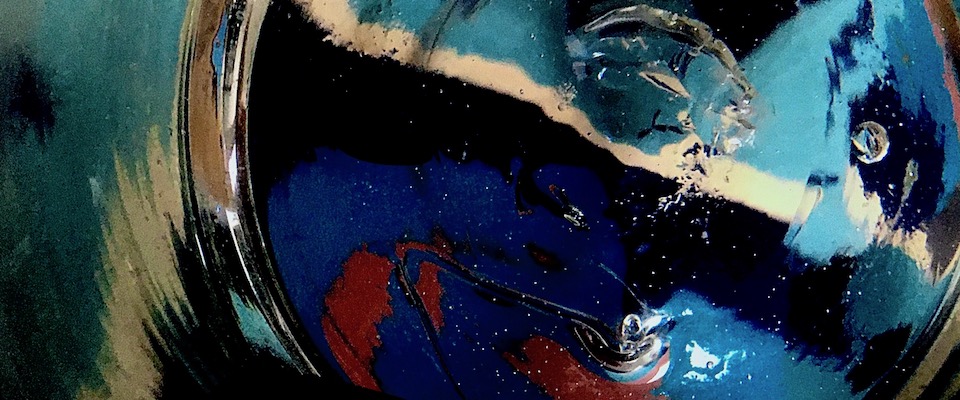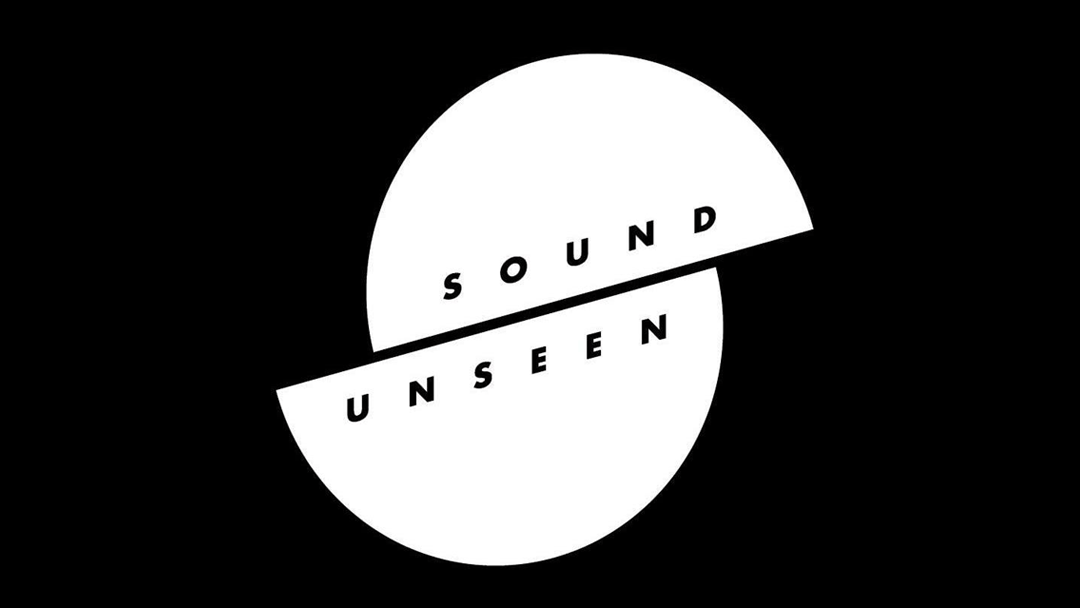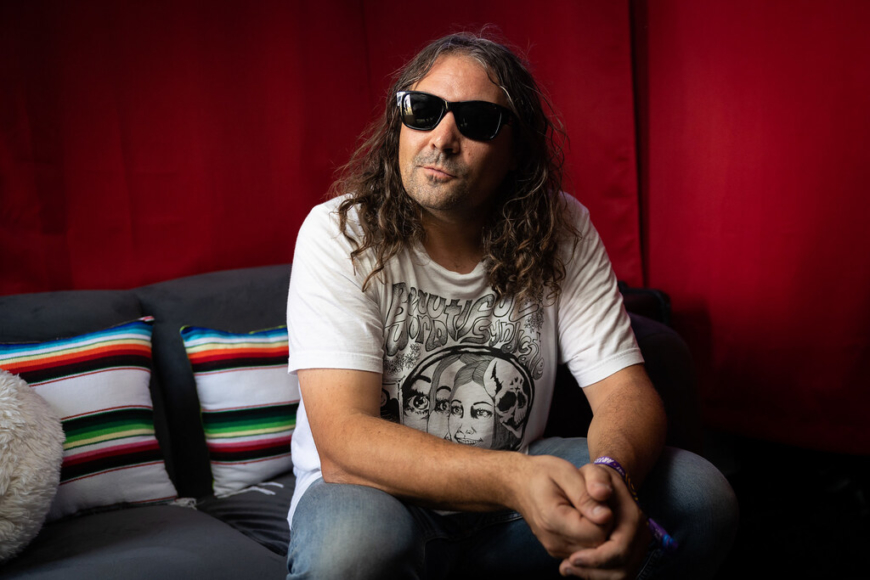Photo by Art Levy
While the coronavirus has led to mass shutdowns of institutions and economies, the irony is that it hasn’t helped many of us to slow down. It’s left a lot of people anxious and frustrated without recourse for meaningful action. There’s no panacea for all of the issues we face in 2020. But there is a musical salve to provide your lockdown experience with a feeling of calm.
Many of us are spending a lot of time at home, and like a clean apartment, made bed, or house plants, ambient music can augment your personal environment with an anti-anxiety aesthetic. The genre’s goal is to establish and maintain a single pervasive atmosphere. We’re all trained to listen to music in a linear way. Through the lyrics’ evolving story or the dynamic interplay between instruments, we often expect some sense of a destination. Ambient music works in the opposite way, spreading out horizontally, with no plan other than to impart a mood and provide a sonic space for subjective drift. It’s the musical equivalent of abstract expressionist painting.
While ambient music can be unstructured, it’s still deeply musical. Its roots can be found in classical compositions by Debussy and Erik Satie, the rock and roll drone of the Velvet Underground, Miles Davis’ jazz explorations, and the rise of electronic music. Brian Eno, one of ambient’s leading figures, thought ambient music “should be as ignorable as it is interesting.” Below are some of our favorite examples of this idea, worthy of close attention or just something to have on in the background for company.
Emily A. Sprague – Water Memory/Mount Vision (2019)
The modular synth world has historically been a boys’ club, but that’s changing, thanks to the pioneering work of Laurie Spiegel, and contemporary artists like Kaitlyn Aurelia Smith and Emily A. Sprague. Modular synths look more like NASA control systems than musical instruments, and there’s a nerdy joy to figuring out their truly endless technological possibilities. But there’s also a deep spiritual aspect. When playing one, the musician is more of a collaborator than a composer, sculpting the sound and toggling between surrender and control. It’s more like gardening than it is musical performance.
The natural world figures heavily in Sprague’s modular synth work, from song titles to her soothing videos. She’s part of an online community of ambient artists that showcase their synths with houseplants, in simple home environments, or even on remote hiking trails. Technology is often portrayed as dark or cold, but Sprague teases out the homemade, cozy aspects of electronics. On Water Memory/Mount Vision, her songs gently unfold, unassuming but deeply felt. Modular synths only require patience and sincere attention to play effectively. Sprague’s music seeks to bring out those same qualities in a listener. -Art Levy
Botany – Deepak Verbera (2016)
Austin-based electronic producer and hip hop beat maker Botany sets aside his signature heavy-slapping kicks and snares for a psychedelic sound journey. Although entirely instrumental and absent of any traditional beat structure, the album manages to find it’s own unique identity with a wide variety of instrument textures. Some tracks carry heavy free-jazz vibes reminiscent of the great Alice Coltrane, while others feel more influenced by 60s psych-rock. While many ambient records tend to feel at home as background music, Deepak Verbera rewards the patient listener with enough movement and change to create a deeply engaging listening experience. – Andrew Brown (Soundfounder)
Like most of my picks, this is not a traditional ambient recording. In fact, the album it comes from, Kakashi, doesn’t feature many ambient aesthetics or sensibilities. It’s more jazz fusion than anything else, mixing together traditional Japanese folk music, electronic, and American jazz. If Albert Ayler and Ryuchi Sakamoto were asked to collaborate on a score for a Hayao Miyazaki film, it might have sounded something like this. While I recommend listening to the whole album, one song in particular represents everything I love about and want from ambient music.
Taylor Deupree & Marcus Fischer – Twine (2015)
Taylor Deupree’s ambient label 12k was founded on a personal manifesto that’s quietly more radical than most punks. The principles include: “Don’t tell listeners what they want to hear, let them discover that for themselves…Evolve constantly, but slowly…Never try to be perfect. Beauty is imperfection…Everything will change.” And since 1997, 12k has been living these principles, through Deupree’s own work and the dedicated community he’s fostered.
Deupree’s music often explores wabi-sabi, a Japanese Buddhist concept that favors impermanence and imperfection. On Twine, he teams up with label mate Marcus Fischer for an album that moves like a foggy dreamworld. The pair highlight the texture of sound above all else: the quietly whirring tape machine, soft static, clicks, hisses, bell-like tones that dissolve into one another or loop in unpredictable ways. There’s a definite ASMR-like appeal to Twine. When it’s playing, it turns any space into an earthy, blanketed, subdued environment. But I think it offers more than escapism. Deupree, Fischer, and the rest of the 12k roster point out how any sound can be an entire world if you listen closely enough. – Art Levy
Aphex Twin- Selected Ambient Works Volume 2 (1994)
In the early 90s, Richard D. James (aka Aphex Twin) took a detour from the drum machine-driven works that had defined his career to release two extensive albums of ambient music. With his 1994 LP Selected Ambient Works Volume 2, he solidified his importance as an ambient music producer by reaching no. 11 on the UK Albums Chart, an unusual feat for a record with almost no traditional songwriting or even rhythm structures to speak of.
James claims to have written the vast majority of the album within lucid dreams which he would then translate into real-world recordings when he awoke. While the album does have many anxious, foreboding songs, the track titled “#3” (alternately referred to as “Rhubarb”) is a calming, introspective and emotional journey that stands as one of Aphex Twin’s most beloved tracks, and as one of the most celebrated ambient tracks of the 90s. – Andrew Brown (Soundfounder)
Mr. Fingers (Larry Heard) – Sceneries Not Songs (1994)
Electronic music, particularly ambient music, is often perceived as white, academic, and pretentious. However, the history and development of electronic music cannot be told without the massive contributions from African Americans working with new music-making technology. The electronic subgenres electro, techno, and house came from black (and oftentimes queer) communities throughout America, from the Bronx to Detroit and Chicago.
Milieu – Phosphene Weather (2009)
Since 2003, Brian Grainger has released over 600 recordings under a half-dozen aliases. He’s part of an internet niche that is redefining the creative economy: he relies on a small, passionate fanbase rather than the large, impersonal model that so many streaming services and record labels steer artists towards, to increasingly diminishing returns. Phosphene Weather—recorded with guitar, organ, and analog tape and released under Grainger’s Milieu moniker—is a blissful highlight in his sprawling discography. In the liner notes, he writes about his recording “seasons,” bouncing from project to project depending on the time of year. Phosphene Weather was mostly captured in spring and summer, and it favors this natural cycle over a human-made one.
C.S. Lewis once wrote, “Isn’t it funny that day by day nothing changes, but when you look back, everything is different.” Likewise, these songs can shift your perception of time, seemingly staying in place and arriving at a completely new point, depending on your attention. “Aboir” is the eeriest example of this: it sounds like Grainger sped up the tape speed very, very gradually so that you start in a darkened, bass-saturated environment and after seventeen minutes, the sun is up and you’re airborne. Phosphene Weather refers to the geometric patterns you see when you press on your closed eyelids. It’s a commonplace psychedelic experience, accessible to anyone, anywhere. Grainger shows how these kinds of small experiences can be invitations to infinity. – Art Levy
Matthewdavid’s Mindflight – Trust The Guide And Glide (2016)
Matthewdavid is a uniquely influential figure among the many creatives in Los Angeles. He made a name for himself as an abstract beat maker in the L.A. scene of the late 2000s, alongside blossoming artists like Flying Lotus, Daedelus, and Ras G. In 2008 he started the Leaving Records label, which has since become a jumping-off point for many artists like Mndsgn, Black Taffy, and most notably Knxwledge, who went on to work with Anderson.Paak and Kendrick Lamar.
Like many electronic producers and music industry visionaries, Matthewdavid seems to use ambient music as a respite from the intensity of bass, beats, and heavy loud sounds that generally come with being a successful musician. His 2016 album Trust The Guide And Glide is a dense, beautiful, and immersive listening experience that flows seamlessly from track to track. It’s a reverb-soaked bath of sound, perfect for meditation, yoga, background music while you work, or just general peaceful, positive listening. – Andrew Brown (Soundfounder)
Erik Satie created his work during a zeitgeist when humanity was learning how to make sense of a technologically saturated world. In his time, the introduction of trains fundamentally changed people’s concept of distance and speed, similar to how telecommunication technology would in the 20th century. Like some of his Dada contemporaries, Satie reacted to the increasing speed of everyday life with absurdity. His piece Vexations was less than half a page long but instructed the performer to repeat the short passage 840 times. It’s likely he never intended for anyone to perform the piece, but John Cage, along with a rotating troupe of pianists including John Cale of the Velvet Underground, took on the ridiculous task a half-century later. The performance clocked in at 18 hours and 40 minutes.



